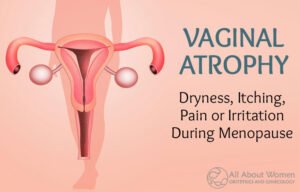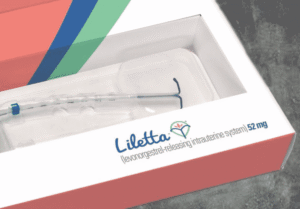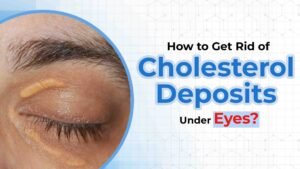Understanding Rotator Cuff Surgery and Recovery
The rotator cuff comprises four essential shoulder muscles—supraspinatus, infraspinatus, teres minor, and subscapularis—that encircle the humerus head, enabling shoulder lifting, rotation, and stability. These muscles ensure the humeral head remains centered in the glenoid socket. When one or more of these muscles tear, either due to gradual wear or sudden trauma, it can impair arm strength, stability, and mobility, often necessitating surgical intervention. This article explores rotator cuff repair surgery and the structured physical therapy process that follows to restore full shoulder function.
What Is Rotator Cuff Repair Surgery?
Not every rotator cuff tear requires surgery. Studies suggest up to 46% of individuals have asymptomatic tears that don’t disrupt daily life. However, surgery may be recommended in cases of:
- Severe shoulder weakness hindering routine tasks
- Persistent pain lasting over six months
- Weakness following a sudden injury
- Imaging revealing a significant tear (over 3 cm)
During the procedure, an orthopedic surgeon reattaches the torn tendon to the humerus using anchors and sutures. If bone spurs—excess bone growth at the bone ends—are present, they may be removed. The surgery can be performed via:
- Open repair: A larger incision for direct access
- Mini-open repair: A smaller incision
- Arthroscopic repair: A minimally invasive technique using a camera-equipped tool through tiny incisions
The choice depends on the tear’s severity and the surgeon’s expertise.
The Role of Physical Therapy in Recovery
Post-surgery, the affected arm is typically immobilized in a sling, and active movement is restricted for several weeks to protect the repair. Physical therapy (PT) begins early to jumpstart healing and is divided into four distinct phases, each targeting specific recovery milestones.
Phase 1: Passive Range of Motion (2–8 Weeks)
The initial focus is to gently restore shoulder mobility while safeguarding the surgical site. Active arm movement is prohibited, so your physical therapist will perform passive stretches to prevent joint stiffness. You’ll also learn techniques for daily activities like bathing or dressing without engaging the affected muscles. Additional therapies, such as soft tissue massage and icing, help manage post-operative pain and swelling. The duration of this phase varies based on the tear’s size and your surgeon’s protocol, typically lasting 2 to 8 weeks.
Phase 2: Active-Assisted and Active Range of Motion (3–4 Weeks)
In this phase, you’ll begin actively stretching your shoulder, often with assistance from your other arm, a cane, or pulleys. You’ll gradually discontinue the sling and start moving the arm independently, as tolerated. Some stiffness and discomfort may persist, requiring continued passive stretching by the therapist and icing. This stage typically spans 3 to 4 weeks, building the foundation for strength training.
Phase 3: Initial Strengthening (2–3 Months)
As the surgical repair stabilizes, your therapist will introduce exercises to gently strengthen the rotator cuff and supporting shoulder blade muscles. These activities focus on rebuilding muscle mass and endurance with light resistance. The duration of this phase depends on the surgery’s complexity and your baseline strength, generally lasting 2 to 3 months.
Phase 4: Advanced Strengthening (Several Months)
The final phase emphasizes restoring full shoulder strength and function. Your therapist will guide you through progressively intense exercises, incorporating weight-bearing and resistance techniques. If you aim to return to sports, sport-specific drills, such as throwing exercises, may be included. This phase can extend over several months, culminating in your discharge from therapy once you achieve optimal mobility and strength.
Key Takeaways
Rotator cuff repair surgery addresses torn tendons to restore shoulder function, followed by a structured four-phase physical therapy program:
- Weeks 2–8: Wear a sling, limit movement, and engage in passive stretching with a therapist.
- Weeks 3–4: Transition to active-assisted and active stretching, phasing out the sling.
- Months 2–3: Begin light strengthening to rebuild muscle.
- Several Months: Focus on advanced strengthening for full recovery.
Final Thoughts from Verywell
Recovering from rotator cuff surgery demands patience and commitment. While most patients experience significant improvements in pain, mobility, and function, progress can be gradual. To maximize your recovery, partner with a physical therapist experienced in rotator cuff rehabilitation. Their expertise, combined with your dedication, will pave the way for a successful return to daily activities and, if desired, sports.





